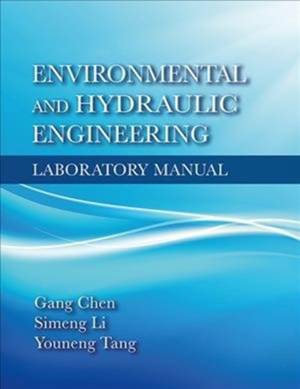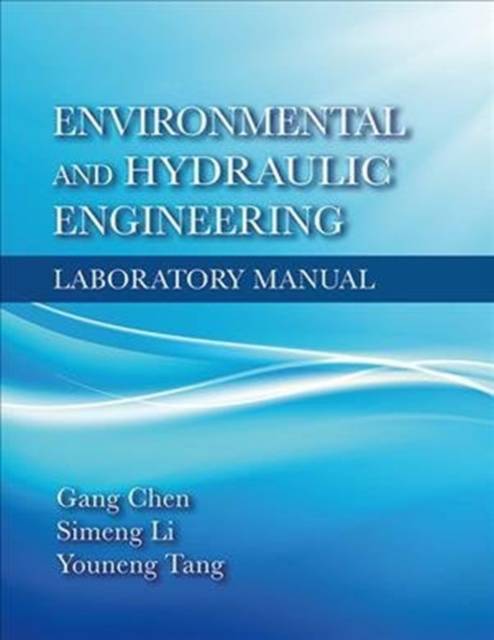
- Afhalen na 1 uur in een winkel met voorraad
- Gratis thuislevering in België vanaf € 30
- Ruim aanbod met 7 miljoen producten
- Afhalen na 1 uur in een winkel met voorraad
- Gratis thuislevering in België vanaf € 30
- Ruim aanbod met 7 miljoen producten
Zoeken
Environmental and Hydraulic Engineering Laboratory Manual
Gang Chen, Simeng Youneng
Hardcover | Engels
€ 46,95
+ 93 punten
Omschrijving
This laboratory manual is comprised of 14 laboratory experiments, covering topics of water quality, water treatment, groundwater hydrology, liquid static force, pipe flow, and open channel flow. These experiments are organized with a very logical flow to cover the related topics of environmental and hydraulics engineering within university-level courses. This state-of-the-art manual is divided into two sections--environmental engineering experiments and hydraulic engineering experiments--with seven experiments for each section. It provides the basic hands-on training for junior-year civil and environmental engineering students. In each experiment, fundamental theories in the topic area are revisited and mathematic equations are presented to guide practical applications of these theories. Tables, figures, graphs, and schematic illustrations are incorporated into the context to give a better understanding of concept development, experimental design, and data collection and recording. Each experiment ends with discussion topics and questions to help students better understand the content of the experiment. This manual mainly serves as a textbook for an environmental and hydraulics engineering laboratory course. Professionals and water/wastewater treatment plant managers may also find this manual of value for their daily jobs. In addition, students in related areas can use this manual as a reference and the general public may use it to educate themselves on water quality testing and water flow.
Specificaties
Betrokkenen
- Auteur(s):
- Uitgeverij:
Inhoud
- Aantal bladzijden:
- 100
- Taal:
- Engels
Eigenschappen
- Productcode (EAN):
- 9781604271379
- Verschijningsdatum:
- 1/08/2017
- Uitvoering:
- Hardcover
- Formaat:
- Genaaid
- Afmetingen:
- 216 mm x 274 mm
- Gewicht:
- 294 g

Alleen bij Standaard Boekhandel
+ 93 punten op je klantenkaart van Standaard Boekhandel
Beoordelingen
We publiceren alleen reviews die voldoen aan de voorwaarden voor reviews. Bekijk onze voorwaarden voor reviews.











